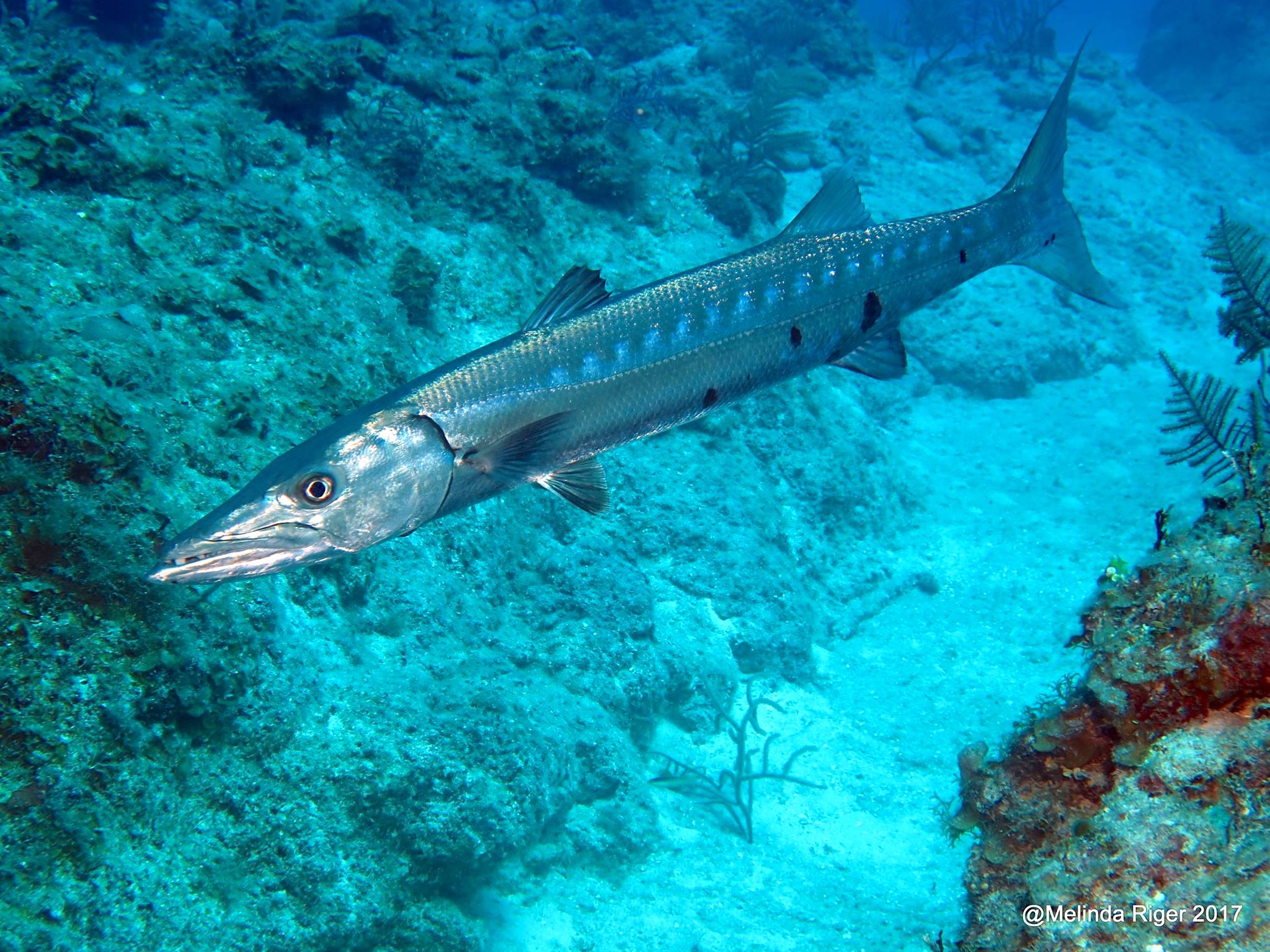NASSAU, BAHAMAS — The Bahamas should look to the Blue Economy to achieve economic recovery, diversification, and resilience, a recently released study has recommended.
The report by the Inter-American Development Bank (IDB) and the UN Economic Commission for Latin America and the Caribbean (ECLAC) titled, “Assessment of the Effects and Impacts of the COVID-19 Pandemic in The Bahamas noted that the total cost of the impact and effect of COVID-19 on The Bahamas is estimated at $9.5 billion, with the Bahamian economy expected to return to its pre-pandemic level by 2024.

Among its recommendations, the report noted that The Bahamas should “look at its ocean resources to achieve economic recovery, diversification, and resilience”.
It continued: “The Blue Economy presents an excellent opportunity to do so since it promotes sustainable and inclusive management of ocean resources. The Blue Economy is a trigger of innovation and entrepreneurship, opening great opportunities for traditionally relegated sectors of the economy to incorporate into the new production paradigm.
“In this context, it is highly encouraged that The Bahamas leverages regional opportunities to foster the Blue Economy.”
The report noted that the Exclusive Economic Zone of The Bahamas comprises 260,000 square miles with five percent of land and 95 percent of the sea, making it the country’s most significant development space.
“Marine resources can become an essential source of economic production if properly managed and conserved, with 95 percent of the country’s land lying in aquatic habitats and a regional average of 70 percent of the country’s people residing on the coast,” the report read.
“The Blue Economy’s economic contribution to The Bahamas’ GDP has been estimated to be 21.5 percent, with indirect impacts of up to 50 percent.”

The report further noted that The Blue Economy’s most significant market segment is coastal and marine tourism, strongly tied to marine ecosystems.
“Each year, 36,886 people are anticipated to visit the Bahamas for commercial fishing, resulting in 18,000 jobs,” the report read.
“Visitors that come for commercial fishing use to stay longer, spend more, and help support the ship repair and maintenance business. Many international boats pass through the Bahamian maritime seas as several vital transit routes pass through and around The Bahamas archipelago.
“Nonetheless, a more productive and healthier ocean in The Bahamas is hampered by several structural restrictions. Its geographic features, which permit many Blue Economy activities, nevertheless result in higher business costs and increased vulnerability of coastal ecosystems. In contrast, an economic activity involving marine resources must be carefully managed to maintain its long-term viability.”






